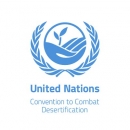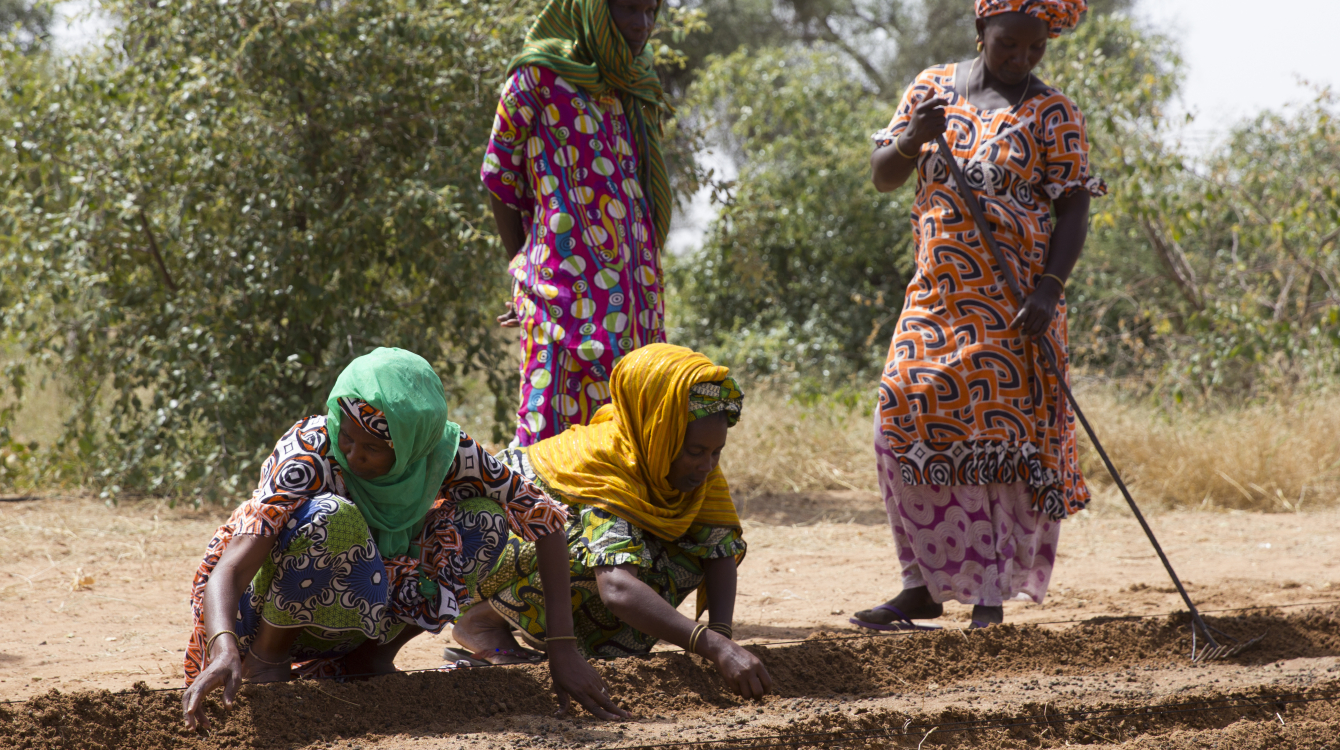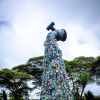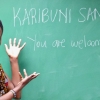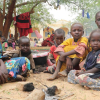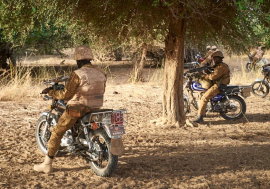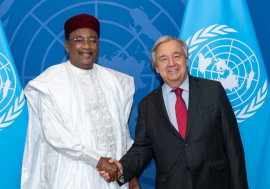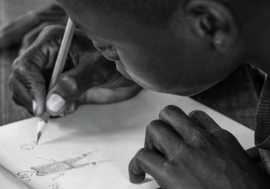The Great Green Wall Implementation Status and Way Ahead to 2030 report, the first comprehensive status report of the Great Green Wall (GGW) was released at a virtual Ministerial meeting held Monday, 7 September 2020 to review achievements and agree on the next steps.
The report states close to 20 million hectares of land was restored, over 350,000 jobs were created and around USD90 million in revenues was generated from 2007 to 2018 through the GGW activities.
The restored area will sequester over 300 MtCO2 out to 2030, which would represent roughly 30% of the envisioned target for the GGW.
The report also states that to reach the target restoration of 100 million hectares of land by 2030, the GGW countries need to restore, on average, 8.2 million hectares of land every year at an annual financial investment of USD4.3 billion. The initiative would also aim to create 10 million jobs by that date.

On the socio-economic front, the USD 90 million generated, for instance, helped to reduce rural poverty and create close to 120 000 jobs in farm-related activities, including adding value to local products. Over 220,000 people received training on sustainable production of agro-pastoral and non- timber products, benefitting the shift more responsible consumption and production.
According to the report, 4% of the intervention zone demarcated specifically under the GGW was restored. The additional 16% comes from regions restored in other locations in these countries.
The GGW initiative was conceived in 2007 in response to widespread land degradation and extreme poverty linked to recurrent and severe droughts in the Sahel. Sahel is located on the southern edge of the Sahara Desert, stretching from the Atlantic Coast of West Africa to the Red Sea in the East.

The response designed – the Great Green Wall Initiative – was to restore degraded lands across a 15 km wide and nearly 8,000 km long area covering around 153 million hectares of the Sahel. This is the intervention zone demarcated specifically under the GGW.
The Initiative is led by the African Union and is broadly conceived as a means to transform the lives of millions of people living on the frontline of climate change by creating a mosaic of green and productive landscapes across Africa.
The GGW is already helping households to support more livestock, grow more food and have better access to water. It is also creating better environmental conditions globally.
“Financing income-generating activities linked to the land, typically the main asset the poorest people have, is perhaps, the most cost-effective way to pursue peace, security, development and good health. What’s more, the achievements reported here are from the Sahel where soils are not very rich. This suggests restoring land has the potential to transform lives worldwide and to mitigate the global environmental threats we face today,” says Ibrahim Thiaw, Executive Secretary of the United Nations Convention to Combat Desertification.
“The GGW is yielding immediate benefits for the local communities and long-term ecosystem benefits at the international level. It shows that when countries dare to dream, work together and make the right choices, we can prosper and live in harmony with nature. And where innovative ideas emerge, positive, dramatic change that benefits both the local and international communities will happen,” he added.

The key challenges the countries faced include financing, raising awareness about the initiative globally, scaling up the projects, coordinating fundraising and improving the governance, institutions and monitoring mechanisms.
Data for The Great Green Wall Implementation Status and Way Ahead to 2030 was gathered by the national GGW agencies in the eleven countries, under the leadership of the Pan African Agency for the Great Green Wall. Donors, technical and financial partners as well as non-governmental organizations provided additional data and information.

